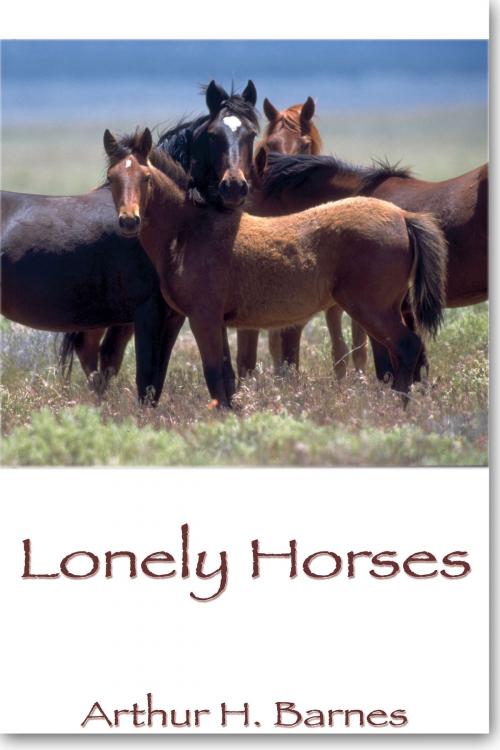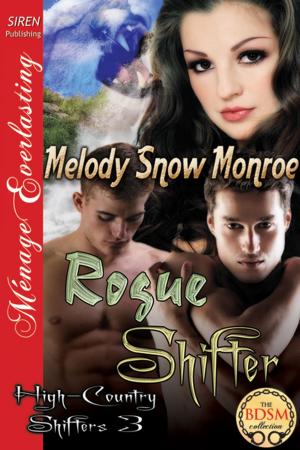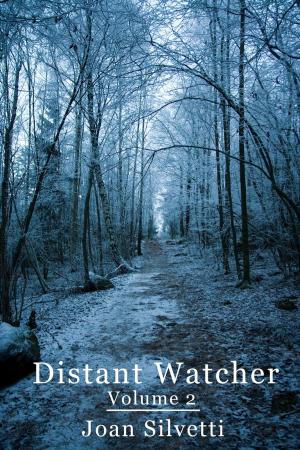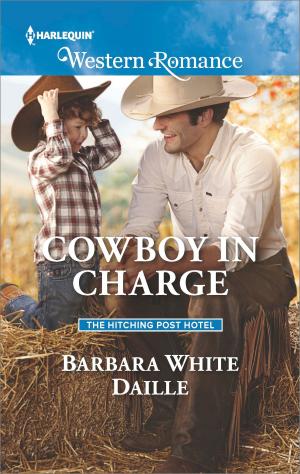| Author: | Arthur H Barnes | ISBN: | 9781604146134 |
| Publisher: | Arthur H Barnes | Publication: | October 5, 2012 |
| Imprint: | Smashwords Edition | Language: | English |
| Author: | Arthur H Barnes |
| ISBN: | 9781604146134 |
| Publisher: | Arthur H Barnes |
| Publication: | October 5, 2012 |
| Imprint: | Smashwords Edition |
| Language: | English |
It is estimated that there are some 13,000 wild horses and burros in just the state of Nevada. A total number of wild horses in all Western states are in excess of 27,000.
With a number of very rigid laws, the BLM is doing a most outstanding job. During the year, BLM keeps track of wild horse and burro herds, permitted livestock, conditions of the vegetation and availability of water on the range. The habitat is also shared with wildlife which is managed by the state wildlife agencies.
Each year, they round up a selected number of the wild horses that have increased above the recommended number to the degree that they are consuming far more of the natural food source that is sparse to begin with.
To preserve the wild horse population, BLM removes excess animals from the range. Those horses are inoculated for common horse diseases before being offered for adoption to private individuals who will provide a good home.
Until a horse is titled, it cannot be sold by the adopter. The Federally protected wild horse must be humanely maintained for a year before an adopter can apply for title.
Some of the horses offered for adoption are gentled and some are saddle trained by supervised inmates in a prison industries program.
This information was provided by the Bureau Of Land Management, Reno Office. A special thanks to Maxine F. Shane, Affairs Officer.
It is estimated that there are some 13,000 wild horses and burros in just the state of Nevada. A total number of wild horses in all Western states are in excess of 27,000.
With a number of very rigid laws, the BLM is doing a most outstanding job. During the year, BLM keeps track of wild horse and burro herds, permitted livestock, conditions of the vegetation and availability of water on the range. The habitat is also shared with wildlife which is managed by the state wildlife agencies.
Each year, they round up a selected number of the wild horses that have increased above the recommended number to the degree that they are consuming far more of the natural food source that is sparse to begin with.
To preserve the wild horse population, BLM removes excess animals from the range. Those horses are inoculated for common horse diseases before being offered for adoption to private individuals who will provide a good home.
Until a horse is titled, it cannot be sold by the adopter. The Federally protected wild horse must be humanely maintained for a year before an adopter can apply for title.
Some of the horses offered for adoption are gentled and some are saddle trained by supervised inmates in a prison industries program.
This information was provided by the Bureau Of Land Management, Reno Office. A special thanks to Maxine F. Shane, Affairs Officer.















